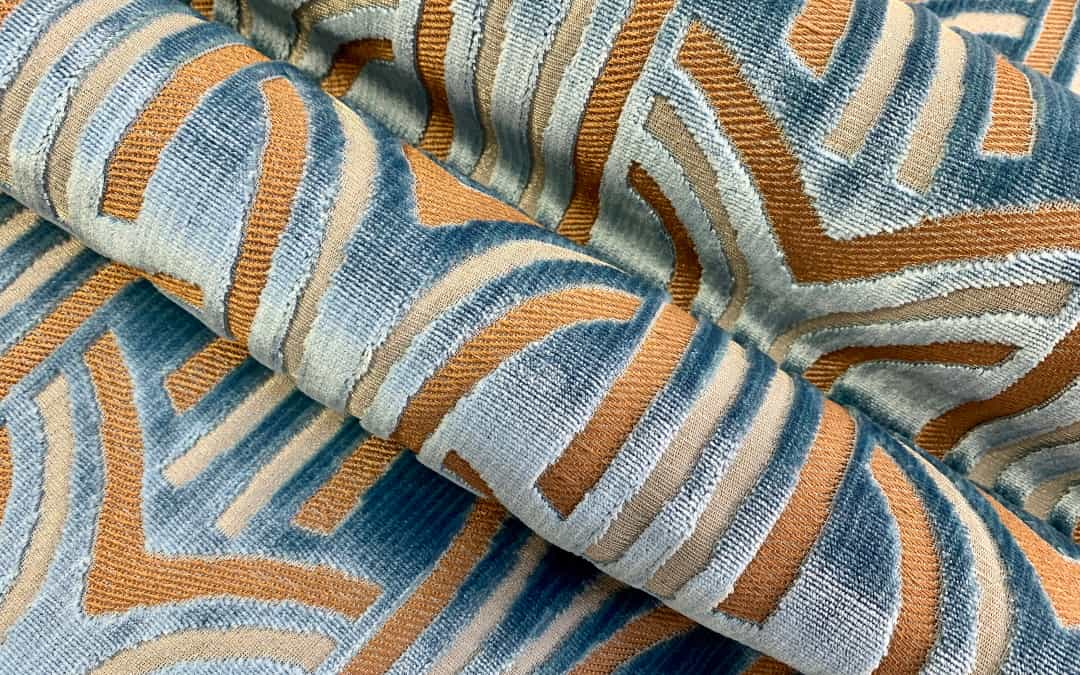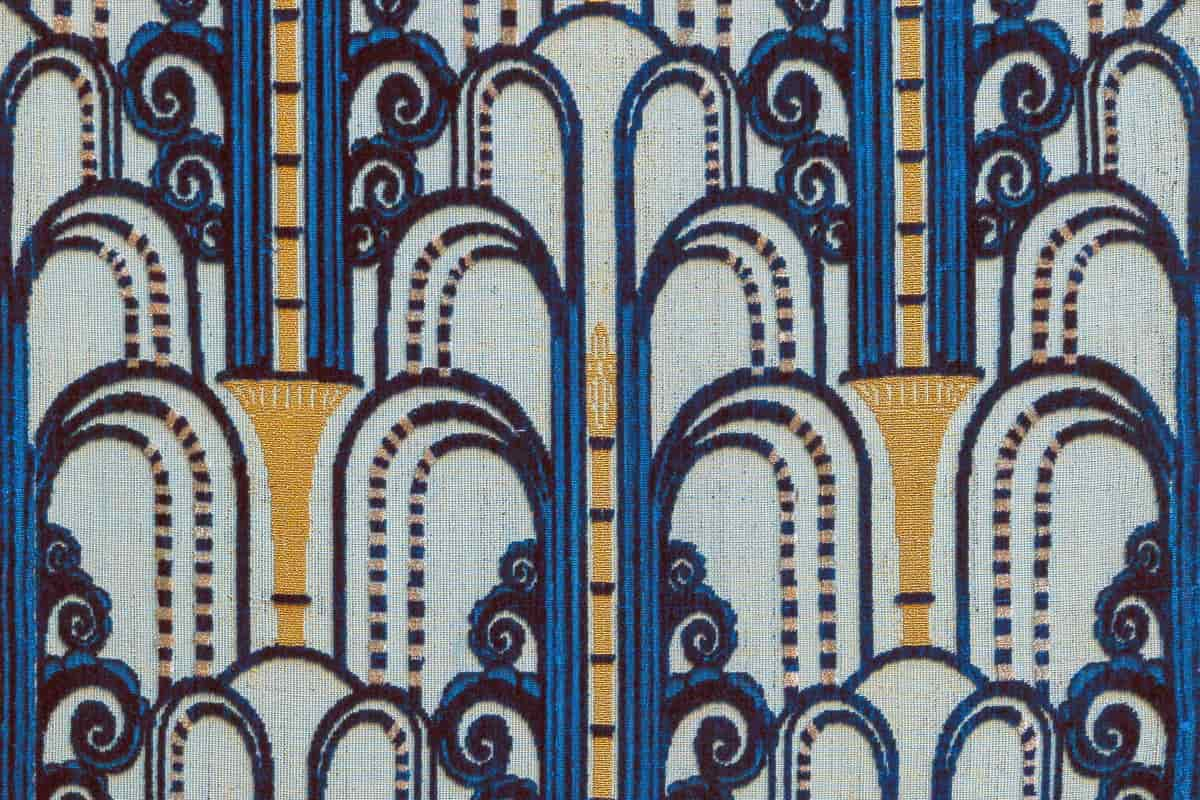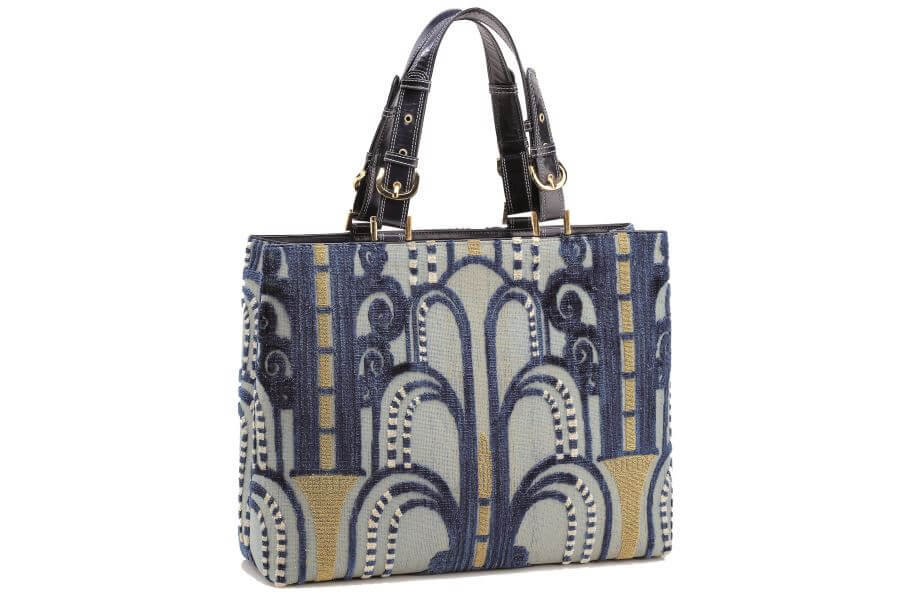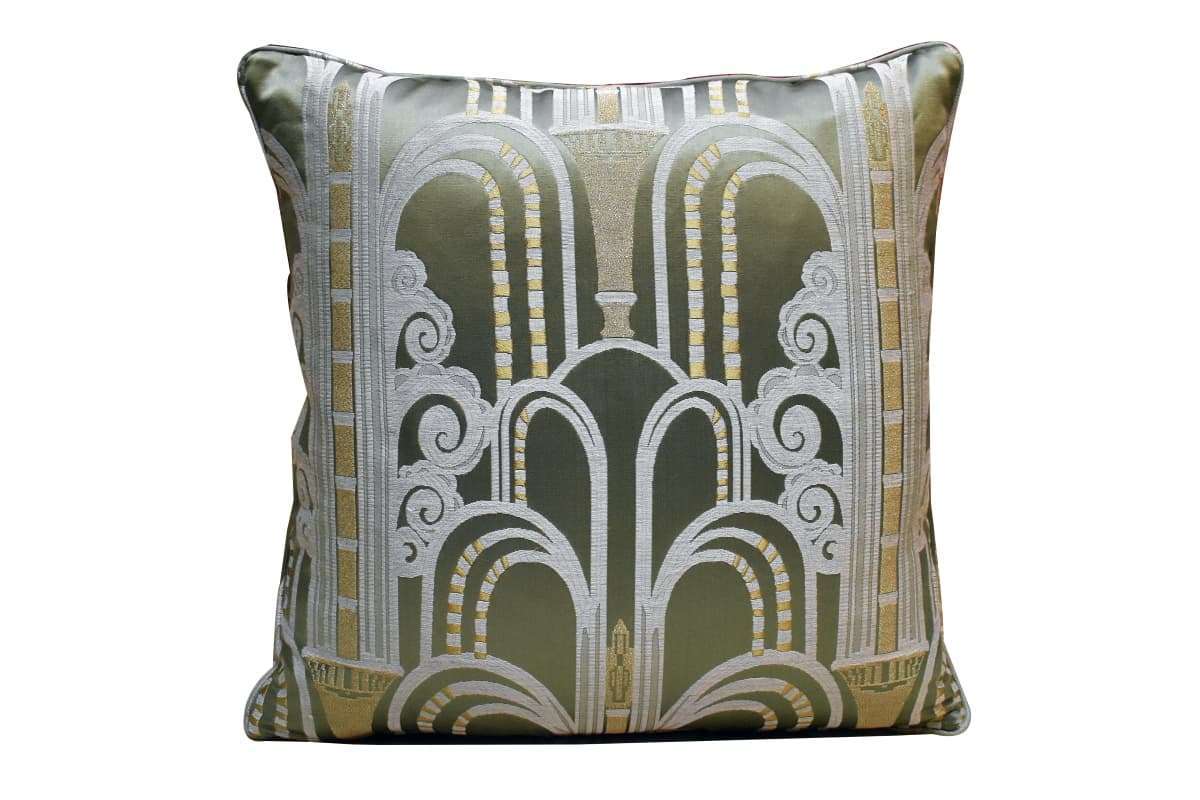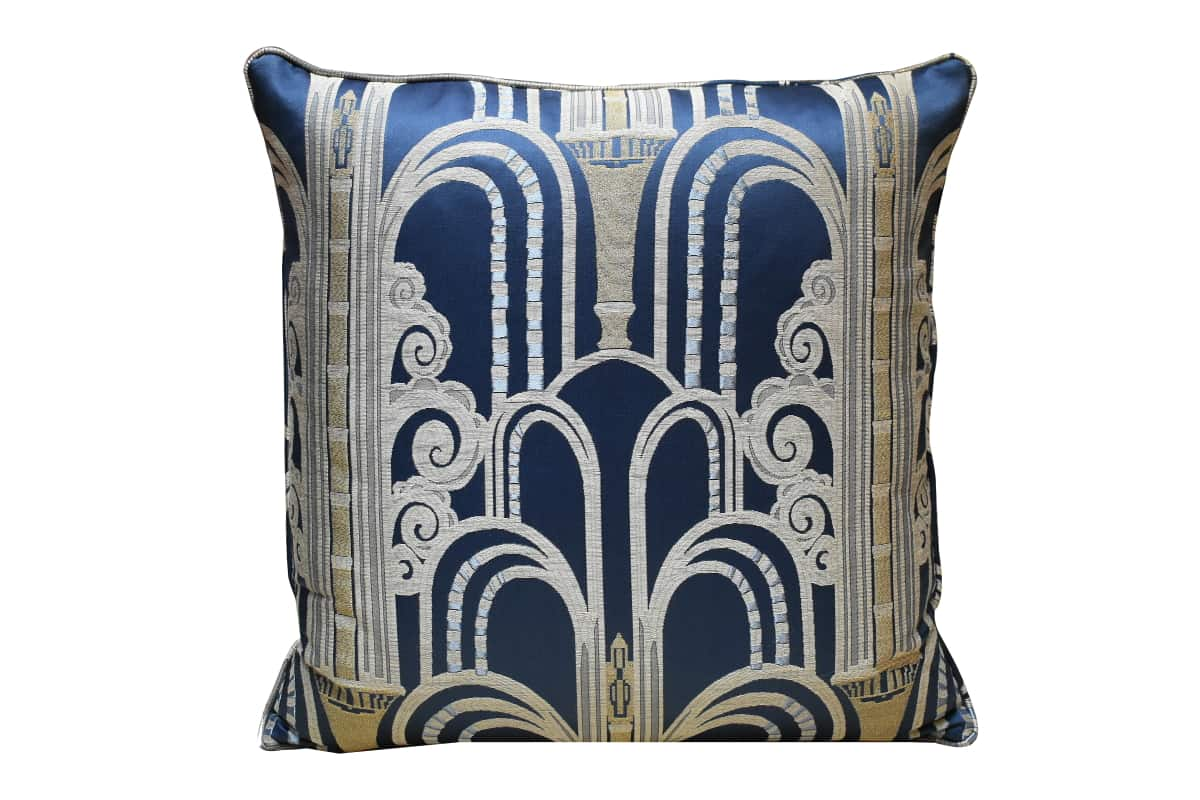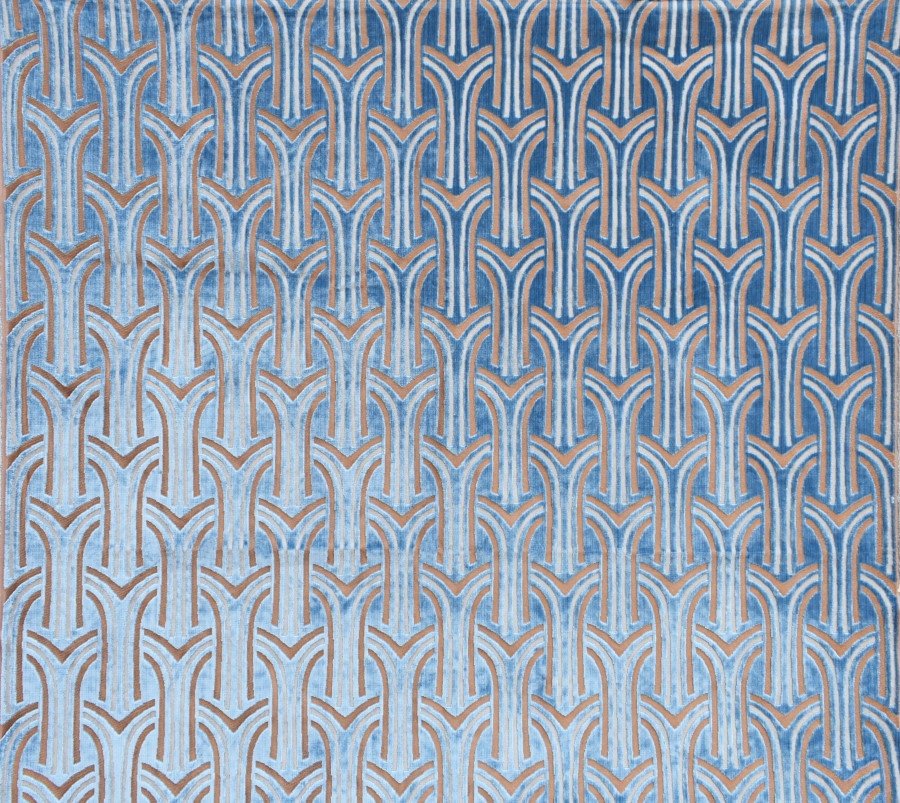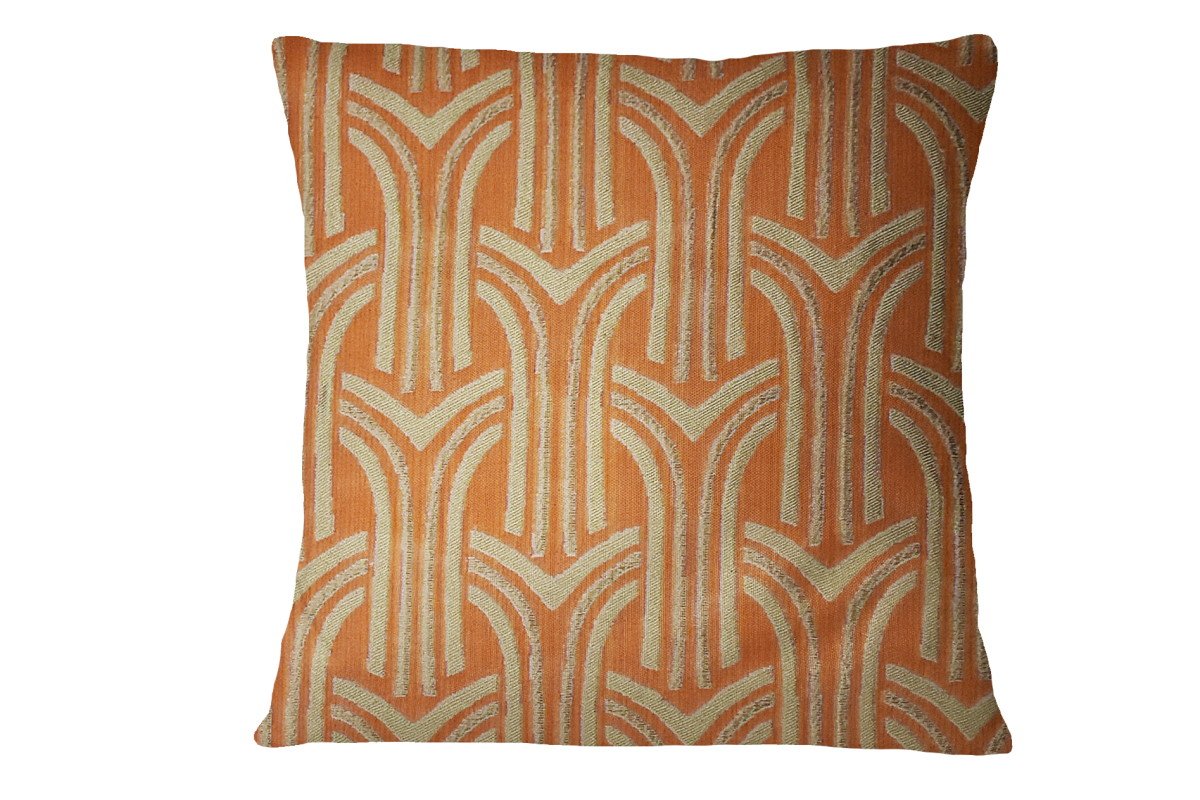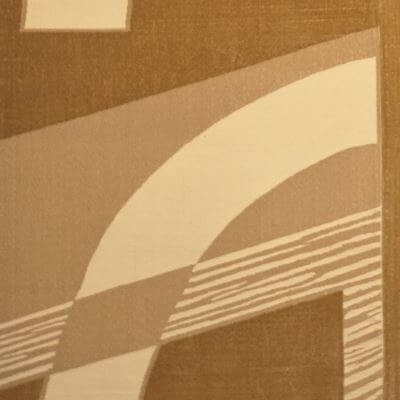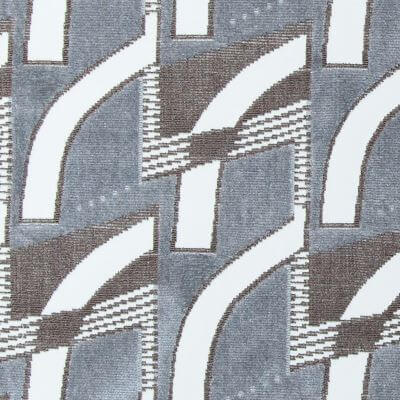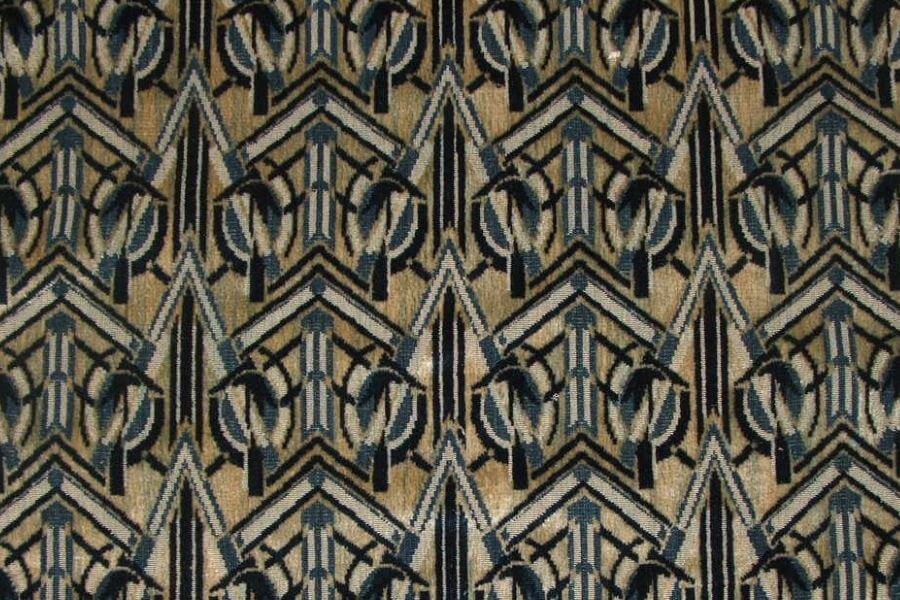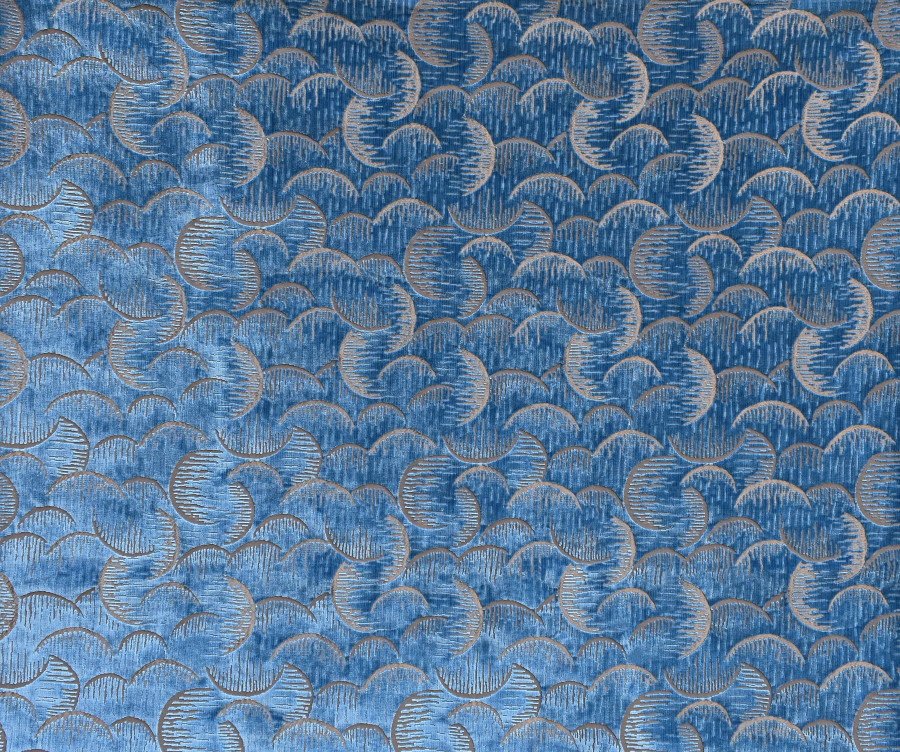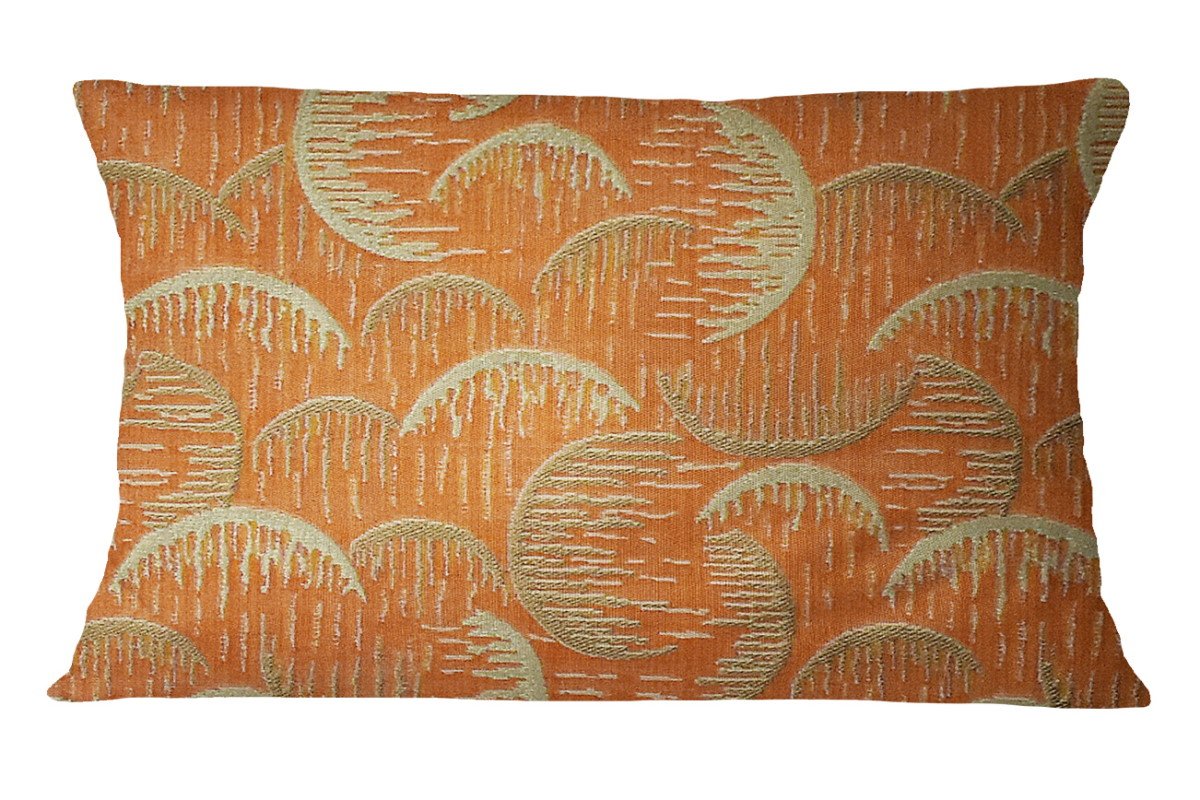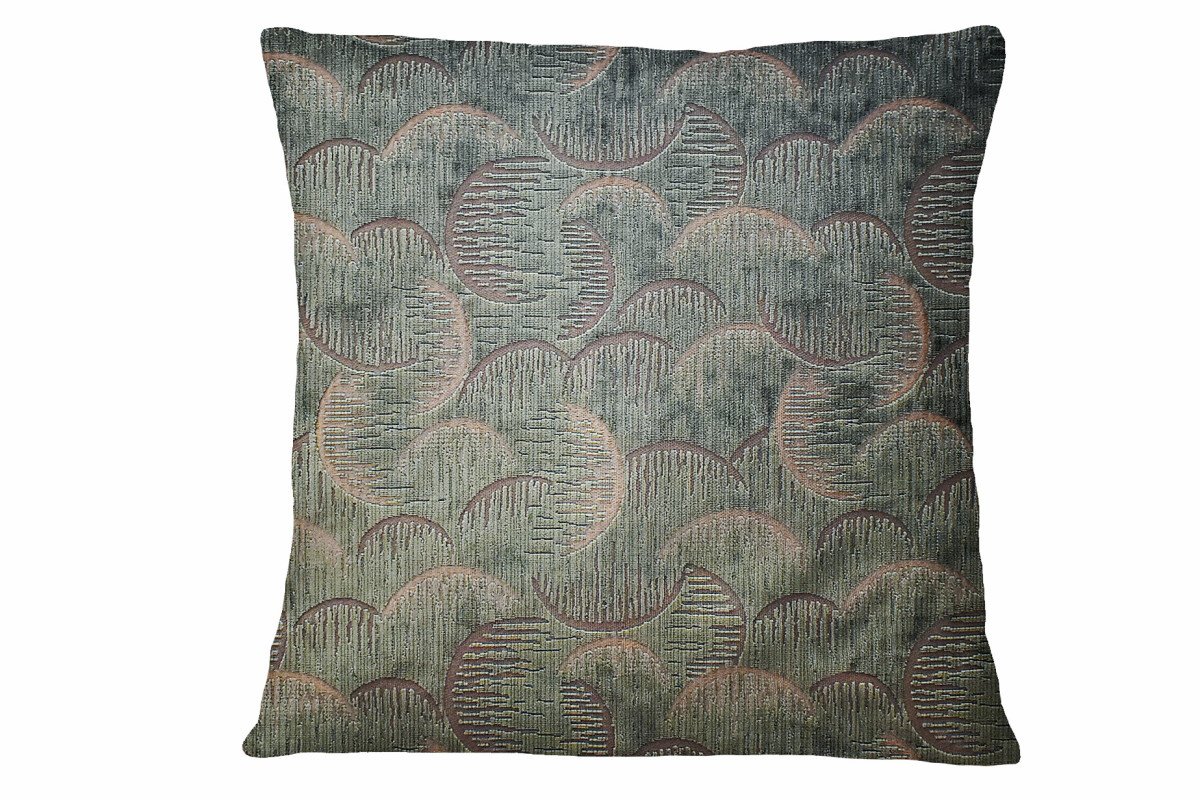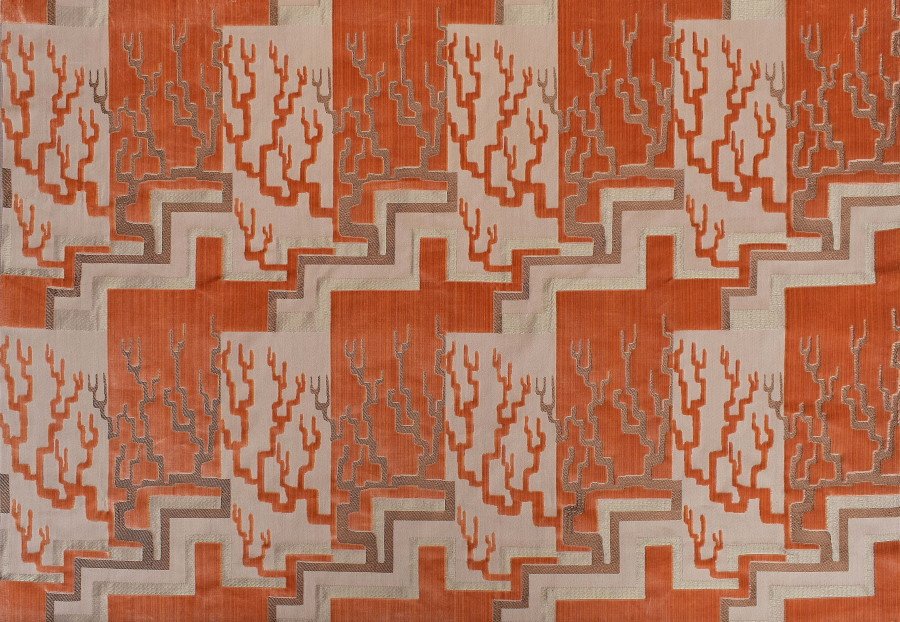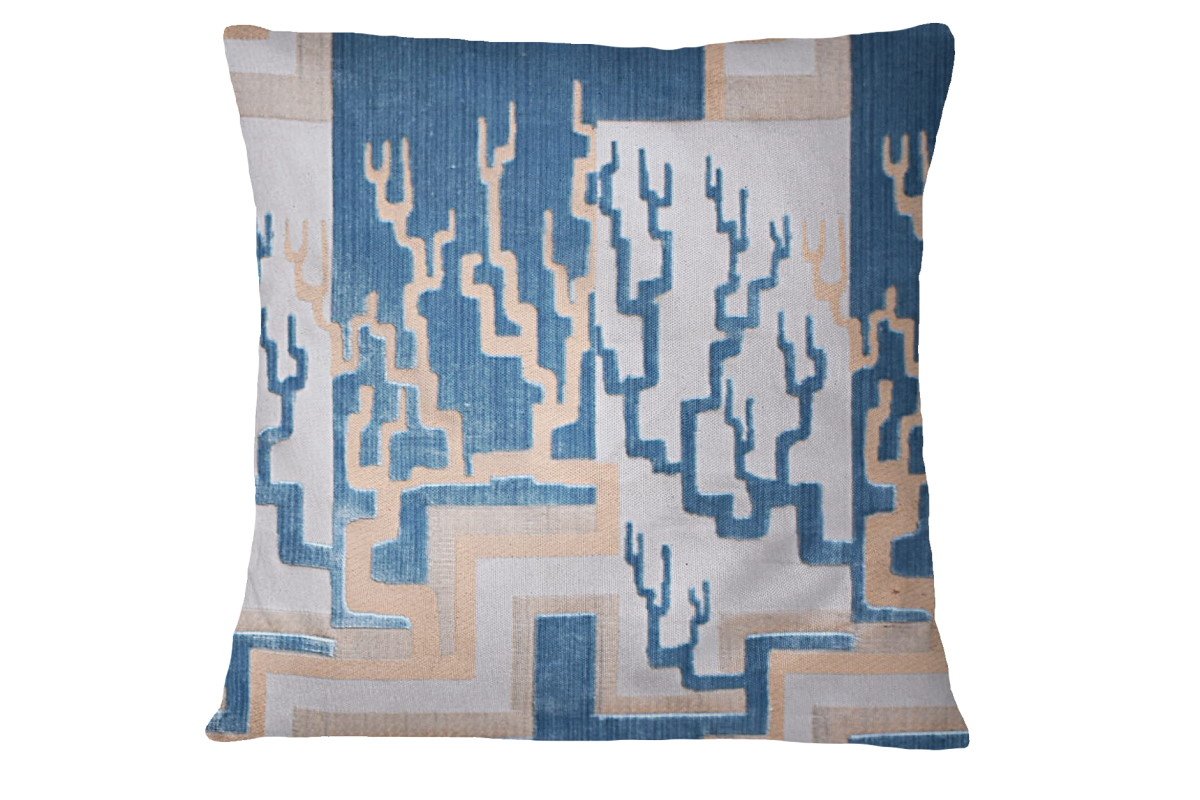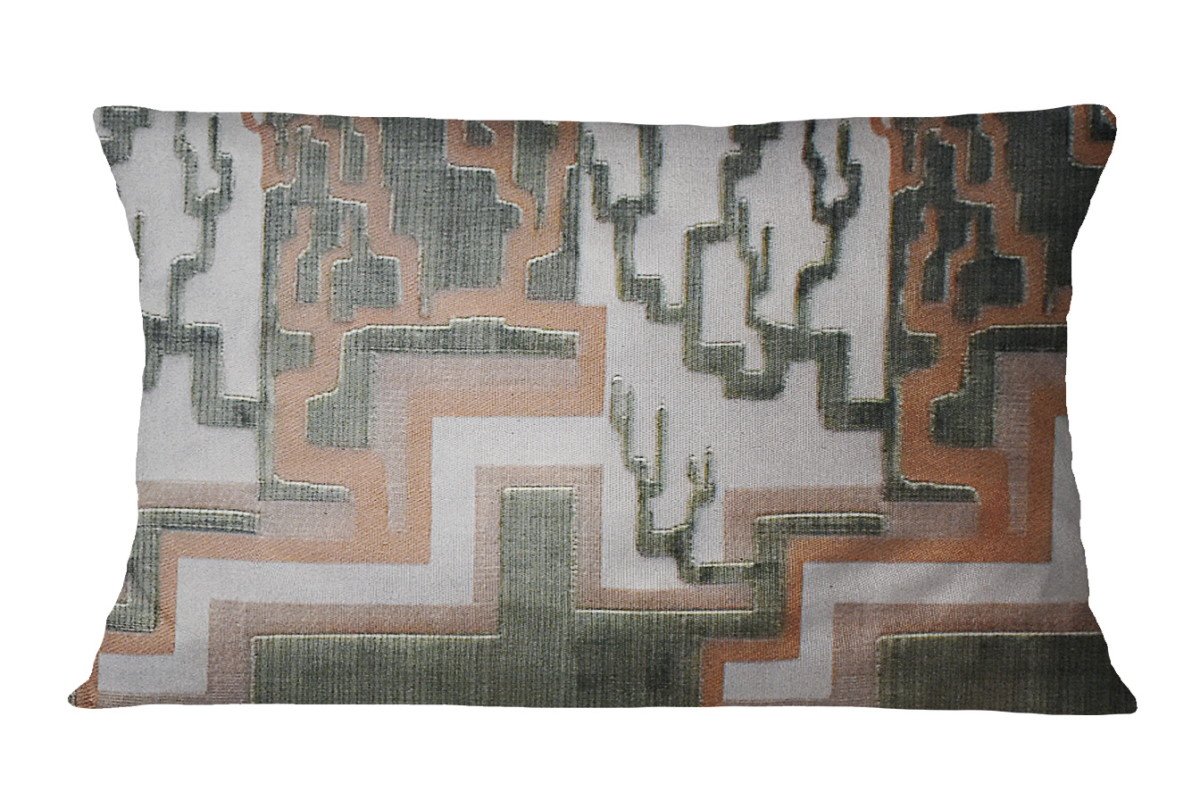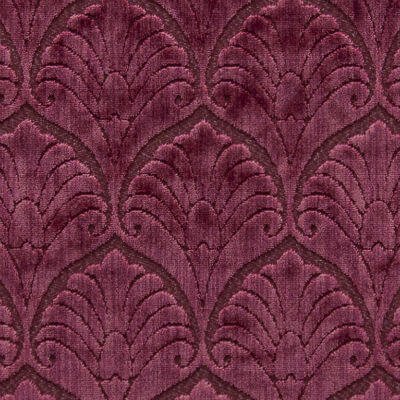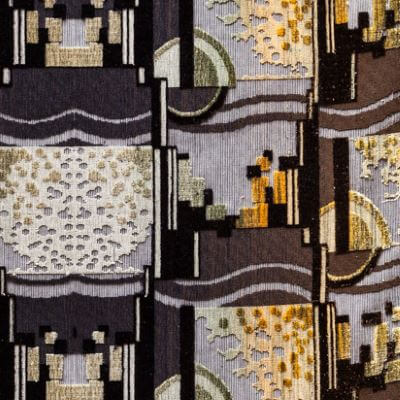Let the age of progress begin: at the beginning of the 20th century, the speed, movement, stress, and challenge marking the European avant-garde art movements merge into a decorative style that combines the modern world of machines and historical artisanal manners. That’s the Art Deco, which spread in the 1920s and 1930s in all the applied arts, also embracing the world of textiles.
The Main Features of Art Deco
The Art Nouveau movement, with its flowers and stylized and twisting figures, couldn’t convey the speed and power of machines and industry that fascinated artists at that time. They needed a more avant-garde style, which could communicate an idea of movement, as well as of luxury, during an age of economic growth.
Thus, Art Deco was born, combining many different and sometimes contradictory styles: Cubism, Neoclassicism, Abstract art, Futurism, Modernism, and “primitive” arts such as African, Aztec, Egyptian, and Greek, of the geometric and archaic periods. It was inspired by all technological innovations, especially related to transport. The result is something of great elegance, clean forms, originality, and refinement.
Among its characteristics are curved wide lines, geometries, simplifications and symbolism, and contrasting colors. Luxury is expressed in the choice of the most expensive materials and finest craftsmanship such as ebony wood furniture with exquisite ivory inlays, or handmade silk velvets.
From Paris, it spreads all over the world at the beginning of the 20th century and, in the United States, where it arrives a little later, it expresses some of its greatest examples, especially in architecture.
Art Deco Patterns for Luxury Interior Fabrics
The soprarizzo Walls is a precious handmade velvet whose pattern shows clean, modern lines and dynamic spirals of stylized fountains, that also distinguish an exclusive bag, the Madison tote bag. In the same motif, we have also created the Walls lampas, enriching these fabrics with metallic yarns that give them shining gleams and the opulence so dear to Art Deco. In the same lampas, Walls scatter cushions are also available.
Water features have also been portrayed in the Fontane velvet, with clean, elegant lines and essential geometric curved shapes that create a vertical movement. An Art Deco composition of graphic perfection, with fountains that emerge thanks to the refined contrast of velvet sheens which also embellish the Fontane accent pillows.
Fontane velvet
Like Art Nouveau, Art Deco is characterized by the presence of curved lines but quite wide rather than sinuous. They are often broken and combined with oblique straight lines to reinforce the idea of movement. Following this trend, Swedish architect Carl G. Bergsten designed the velvet to cover the walls of the stalls and galleries in Gothenburg’s City Theatre between 1932 and 1934. It’s the motif that still characterizes the Déco soprarizzo velvet and the Goteborg heddle velvet.
Geometric elements are a recurring decoration, much loved by artists such as Eugène Grasset who stated that various simple geometric shapes like triangles and squares are the basis of all compositional arrangements. Examples are Mir soprarizzo velvet, and Zig Zag Velvet whose pattern graphically recalls the idea of movement.
Among the most popular decorative motifs of Art Deco decoration are natural elements such as the sun and the moon. This theme is taken up in the pattern of the Lune velvet with curved semi-circular and broken lines that evoke the image of the moon reflected on the water, whose depth is highlighted by the play of light and shadow of the soft velvet pile. The Lune throw pillows are also available in this refined silk velvet.
Lune velvet
Natural elements with an exotic appeal include corals, the protagonists of Capri velvet. Inspired by the beautiful Italian island, this pattern of natural shapes contrasted with geometric elements is repeated along the fabric creating rhythm and dynamism and also characterizes the Capri cushions collection.
Capri velvet
Egyptian art, in vogue at the beginning of the 20th century thanks to important archaeological discoveries, influences the Art Deco decorative motifs. The elegant stylized palm leaves of the Palmyra velvet are an example.
Palmyra velvet
Cities, with their modern buildings and means of transportation, also become a source of inspiration for Art Deco motifs. They are futuristic metropolises, in which skyscrapers are the protagonists, just as in the Metropolis soprarizzo velvet which shows, in a stylized and abstract key, the cities of the future designed by the Bauhaus architects.
Metropolis soprarizzo velvet
Thanks to simple lines, primary colors, geometrical, and simplified shapes and precious shiny details, Art Deco fabrics are still extremely contemporary and can add a modern yet refined touch to any room.

